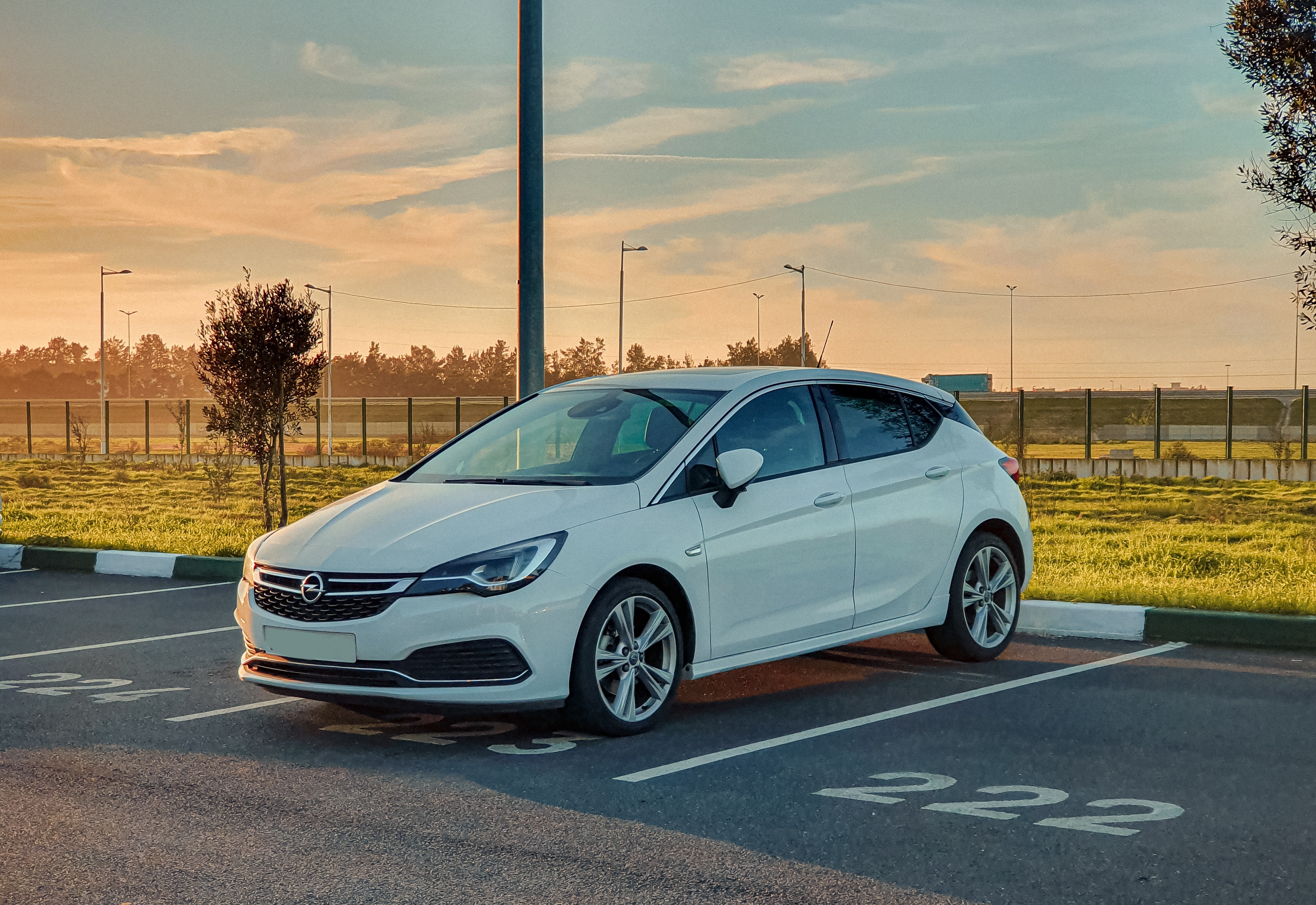Acquiring and maintaining a vehicle can be expensive. But considering it’s necessary for your business, you chalk the added costs to business expenses.
But good thing you can balance it out through vehicle expense deductions. It’s one of the largest tax deductions a business can take, so it would be beneficial if you get familiar with it works. To help you navigate its tax implications, below is a handy guide for maximizing your deductions.
Who qualifies for a vehicle expense deduction?
To qualify for a vehicle expense deduction, you must be a business owner or are self-employed. You must only use your vehicle for business purposes, but you can only deduct the business operation cost if you also drive it for personal use.
Qualified performing artists, U.S. Armed Forces reservists, and state and local government officials are also eligible for the write-off. You can also claim it if you travel for medical or volunteer work, but only for selected trips that you itemized deductions on your Form 1040.
But if you’re an employee that uses your car for work, note that you’re no longer qualified to claim this deduction – even if your employer doesn’t reimburse you at the standard mileage rate.
How do you determine a vehicle business expense?
There are two methods of calculating the vehicle expense deduction. Since your personal income tax and self-employment tax determine the amount of your write-off, knowing the differences between the two methods will help you choose the one that will suit your business best:
Actual Expenses
The Actual Expenses method lets you claim a percentage of the actual cost to operate your vehicle for business purposes. This means you’ll need to keep track of all of the vehicle expenses you incur throughout the year, which include:
- Gas and oil
- Repairs
- Tires
- Insurance
- Registration fees
- Licenses
- Depreciation
- Lease payments
Standard Mileage Rate
The Standard Mileage Rate lets you claim deductions at a fixed rate for every qualified business mile you drive. But you’re only qualified to use this method if:
- You’re not operating 5 or more vehicles simultaneously since that’s considered a fleet operation.
- You haven’t claimed a depreciation deduction for the car using another method than the straight line.
- You haven’t claimed any special depreciation allowance for the vehicle.
- You haven’t claimed a Section 179 deduction on the vehicle.
- You haven’t claimed actual expenses after 1997 if you’re leasing your vehicle.
If you own your vehicle, you must use this method in the first year it’s used for your business. While if you’re leasing, you must use this method for the entire lease period.
How do you calculate vehicle expense deduction?
Actual Expenses
If you’re using the actual expenses method, you can calculate your deductions by adding all of your vehicle expenses from the list above.
Then, determine the percentage of how much you used your car for business purposes by dividing your total business miles and the total number of miles you’ve driven for the year (the figure your car’s odometer shows).
For instance, if your business miles total 5,000, while your total miles are 10,000, dividing the two will get you 50%.
If your total vehicle expense for the tax year is $7,500, multiplying it with the percentage of your business miles will get you your actual expense deduction.
$7,500 x 50% = $3,750
Standard Mileage Rate
For the standard mileage rate, you can calculate your deduction by multiplying your business miles by the business mileage rate. For 2023, the rate is 65.5 cents per mile.
For example, if your business miles total 5,000, multiplying it with the business mileage rate will give you $3,275.
5,000 miles x $0.655 = $3,275
From there, you can compare the deduction amounts of the two methods to help you decide which one is best for your business for that tax year. Factoring in depreciation, you’ll want to choose the one that has the highest amount so you can lower your tax bill.
Are there records required for the vehicle expense deduction?
The Internal Revenue Service will want to ask for proof when you’re claiming your deductions, so it’s best if you keep all of your records.
If you choose to opt for the actual expenses method, keep track of all receipts and amounts of the expenses mentioned earlier.
While if the standard mileage rate suits your business better, you’ll need to record the vehicle’s odometer at the beginning and end of the tax year since you’ll need to report the mileage on your Form 2106 later. It’s also a good idea to keep an organized driving log to monitor the dates, purposes, and locations you’ve used your vehicle for business purposes.
Need help with your business taxes?
If you have any questions or clarifications about your business’ vehicle expense deductions, Lear & Pannepacker is ready to help. Whether you need assistance with recordkeeping or filing, their experienced CPAs will ensure your business stays compliant. To know more about their services, contact their team now to book an appointment.
